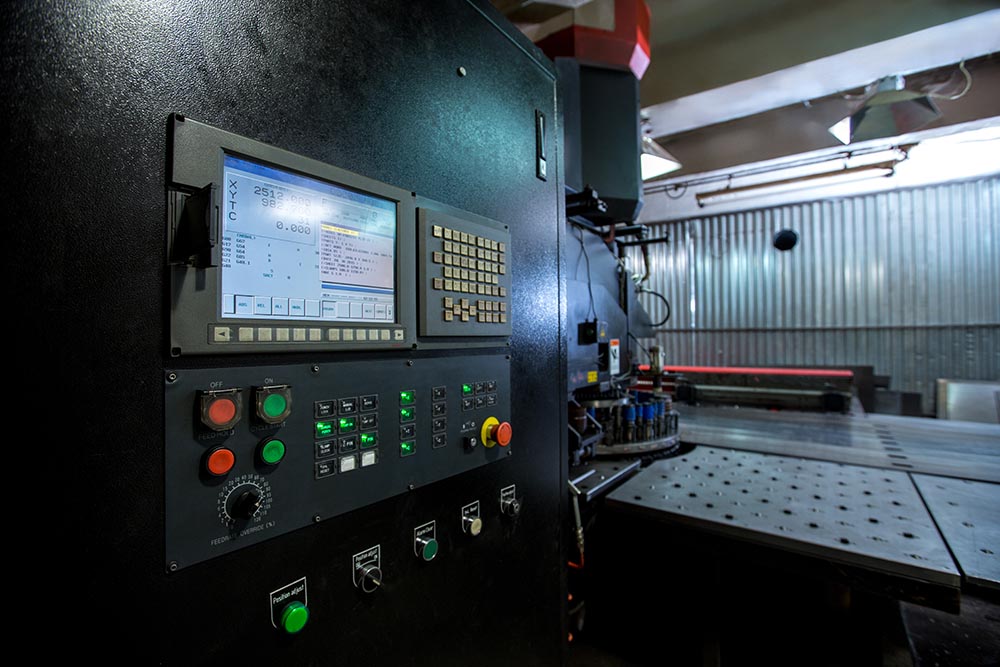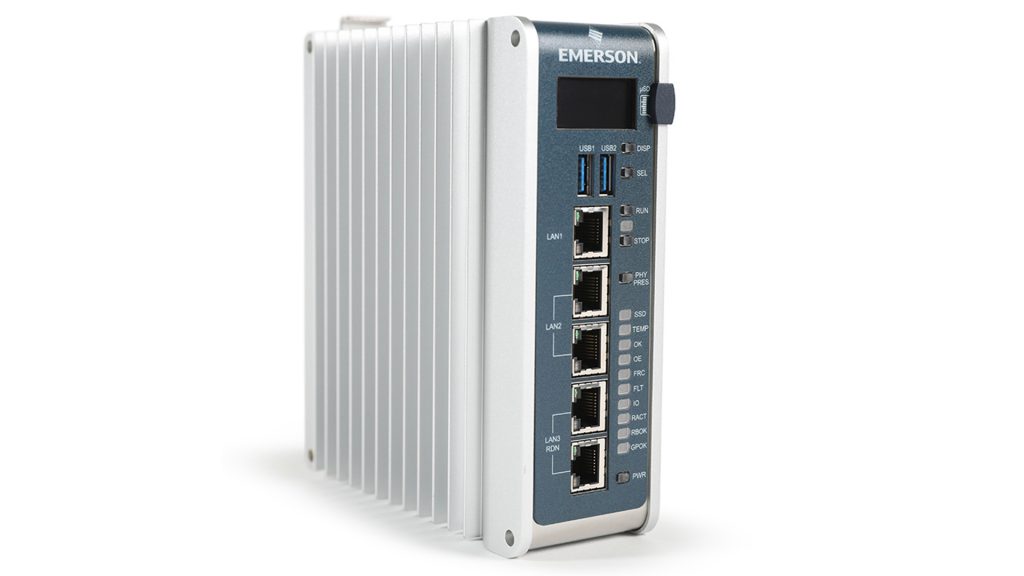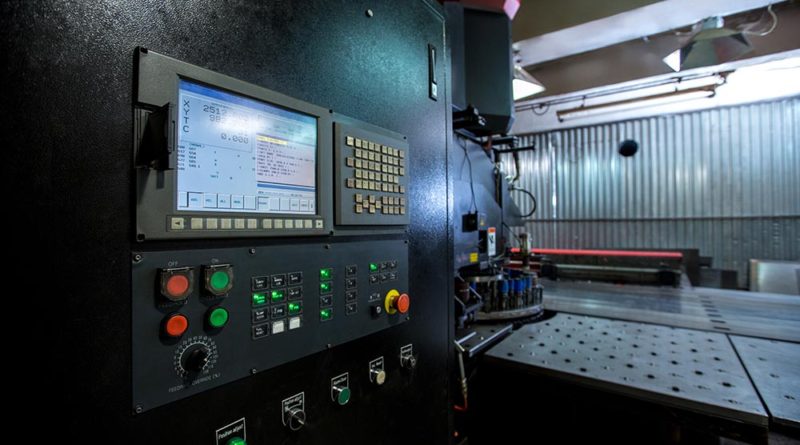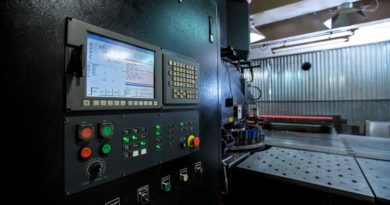Bridging the connectivity gap
In the age of connectivity, there is no shortage of useful information that engineers can leverage to optimise and improve operations. Everything from the speed of motors to the weather forecast can influence production. However, bringing these data sources together in a secure way is a challenge faced by many engineers. Here, George Walker, managing director of Novotek UK and Ireland, explains how engineers can bridge the gap between local process data and external data sources.
The Internet of Things (IoT) may still be a relatively new concept for many consumers and professional service businesses, but the idea of machine-to-machine communication and connectivity is nothing new for industry. In fact, it’s been more than 50 years since the programmable logic controller (PLC) first became popular among industrial businesses as a means of controlling connected systems.
The principle behind the PLC is quite simple: see, think and do. The controller will ‘see’ what is happening in a process based on the input data from the connected devices and machines. The PLC then processes this input and computes if any adjustments are required and if so, it signals these commands to the field devices. Traditionally, the field devices that could be controlled was limited, but recent developments in sensor technology have made specific components and resources much more measurable.
For example, if a water tank is almost at full capacity in a food processing plant, data from connected sensors can feed that information to a PLC. The PLC then sends the signal for the valve to close once the water volume exceeds a certain threshold, which prevents overflow. This is a simple control loop that sufficiently meets the need of the process.
Unfortunately, even as edge computing and PLC technology has advanced and offered more sophisticated data processing and control at the field-level, many plant engineers continue to setup their devices in this way. In reality, modern edge devices and industrial PCs (IPCs) are capable of providing much greater control, as well as responding to external commands or variables that were previously beyond the scope of control systems.

The outer loop
While the idea of the Industrial IoT (IIoT) is predominately a means of branding modern connectivity, the wider Industry 4.0 movement has brought with it some valuable advancements in edge and PLC technology. Among these advancements is the potential for on-premises automation and control systems to not only connect with local devices in an inner loop, but to draw from external sources: an outer loop.
The outer loop can take several forms, depending on what is most applicable or relevant to a process or operation.
For example, some more digitally mature businesses might have outer loops that feature an enterprise resource planning (ERP) system, supply chain management software or a wider manufacturing execution system (MES). These systems will share and receive relevant information or send required adjustments — such as due to raw material intake or low stock — to an edge device, which feeds into the inner loop. This allows industrial businesses to make use of more comprehensive data analysis than can be achieved in local data systems.
Alternatively, an outer loop could draw from data sources that are completely external to a plant’s operations. For example, a wind farm operator could use an outer loop that drew from sources of meteorological data for wind forecasts. This could inform the optimum pitch and yaw of a turbine, controlled by a field device.
Another example, and one that will resonate with many industrial businesses, is energy price. The cost of power from the electrical grid fluctuates throughout the day, which might mean that on-site generation — such as solar panels or heat recovery processes — become more economical during times of peak grid demand. An outer loop can communicate this data efficiently to the relevant systems in a business, and changes can then be enacted that allow the business to reduce energy costs.
Establishing secure connection
Clearly, there is a benefit for industrial businesses to establish both inner and outer loops. However, there is one barrier to deployment that most engineers encounter: hardware limitations.
Traditional PLCs were designed in a rather utilitarian manner to complete control functions effectively and in a straightforward manner. This no-frills approach persists even with modern PLCs — even with today’s technical specifications, most PLCs are not designed in a way that struggles to handle much more than a real-time operating system and some control applications.
Attempting to set up such a PLC to interact with an outer loop would either not work at all or severely hinder performance and risk failure.
Engineers can tackle this problem by introducing a separate gateway device that serves as an intermediary between the outer loop and the inner loop. However, this is a somewhat inelegant solution that requires investment in additional devices, which will require ongoing maintenance and introduce yet another device into already large system networks. Across an entire site, this quickly becomes costly and complicates network topologies.
A better solution is an unconventional one. It is possible to set up a modern automation controller in such a way that it breaks the conventions of PLCs, as long as the device is capable of multi-core processing at pace. From Novotek’s perspective, one of the best modern units that meet this need is Emerson Automation’s CPL410 automation controller.

The CPL410 can split inner and outer loop processing between its multiple processor cores. The inner loop and PLC processes can run from a single core, while another core — or even a group of cores, depending on complexity — can run more sophisticated containerised applications or operating systems. Additional cores can broker between the inner and outer loops, ensuring reliability and security.
A multi-core setup is useful because it allows the PLC processes and gateway to be consolidating into a single unit, without compromising performance capacity or speed. It also means that ageing or obsolete PLCs can be upgraded to a controller such as the CPL410 during any modernisation initiatives, minimising additional capital costs.
Although the idea behind the IoT is not a new one for industrial businesses, the fact that other sectors are embracing the idea means more external data points than ever before are available. With systems in place that can support effective inner and outer loops, industrial businesses can leverage the increased connectivity of external markets and enhance their own operations.



